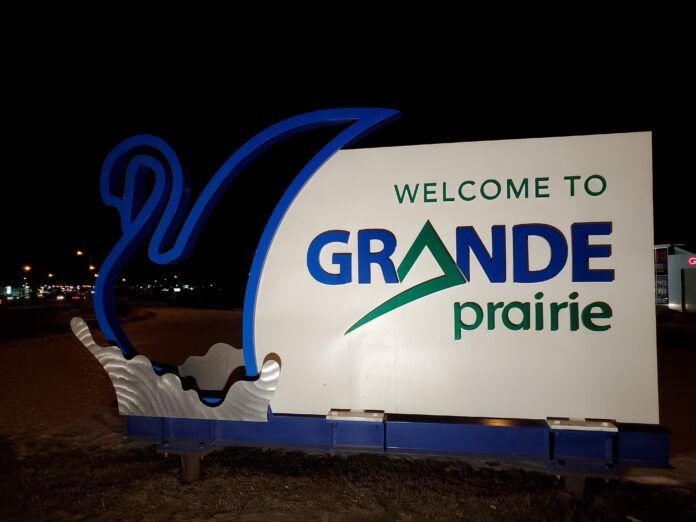Like most of the rest of Canada, the proportion of Grande Prairie residents who mainly speak French at home has gone down. According to data from the 2021 census released Wednesday, 435 residents report speaking French most often at home, which works out to about .68 per cent of respondents.
In 2016, 525 people said they mostly speak French at home, which was around .83 per cent of those who responded. When it comes to knowing the language, 4,890 residents say they can speak French, another slight decline proportionally from 2016.
Across the country, Statistics Canada says the percentage fell to 19.2 per cent in 2021 from 20 per cent in 2016, and Yukon was the only province or territory to see a rise.
There were 3,910 Grande Prairie residents who reported speaking a non-official language most often at home. By far, Tagalog is the most common with 1,350 people saying it’s their predominant language at home.
Immigration is being credited with contributing to the rise of the number of Canadians who speak a language other than French in Canada. According to census data, a record-breaking one-in-four people speak a non-official language, with Mandarin and Punjabi the most common.
Aside from the 3,715 people who report knowing Tagalog, 5.8 per cent of respondents, the other five most commonly known languages in the Swan City are Spanish (965), Punjabi (760), Hindi (730), German (590), and Arabic (540). The number of Tagalog speakers increased over the past five years, from 2,595 in 2016, 4.1 per cent of respondents at the time.
There were 4,815 Grande Prairie residents who say they know how to speak both English and French while 280 don’t know either official language.
Another trend seen across the country is a decline in the number of people who speak an Indigenous language. However, the number rose in Grande Prairie from 160 or .25 per cent of respondents in 2016 to 205 or .32 per cent in 2021. The majority are Cree languages, rounded out by Athabaskan languages.
It’s noted that it was difficult to collect census data on First Nations and other Indigenous communities last year and Statistics Canada says people should use caution when comparing to other years.



